When it comes to gemstones, few stones are as captivating and meaningful as turquoise. Known for its stunning blue-green color and intricate veining, turquoise has been cherished by cultures across the globe for thousands of years. Among the many forms in which this gem is worn, the turquoise ring stands out not only for its beauty but also for its rich symbolism and significance. In this blog post, we will explore the various meanings associated with turquoise rings, their cultural heritage, and their appeal in modern jewelry.
Navigate to:
1. A Brief History of Turquoise
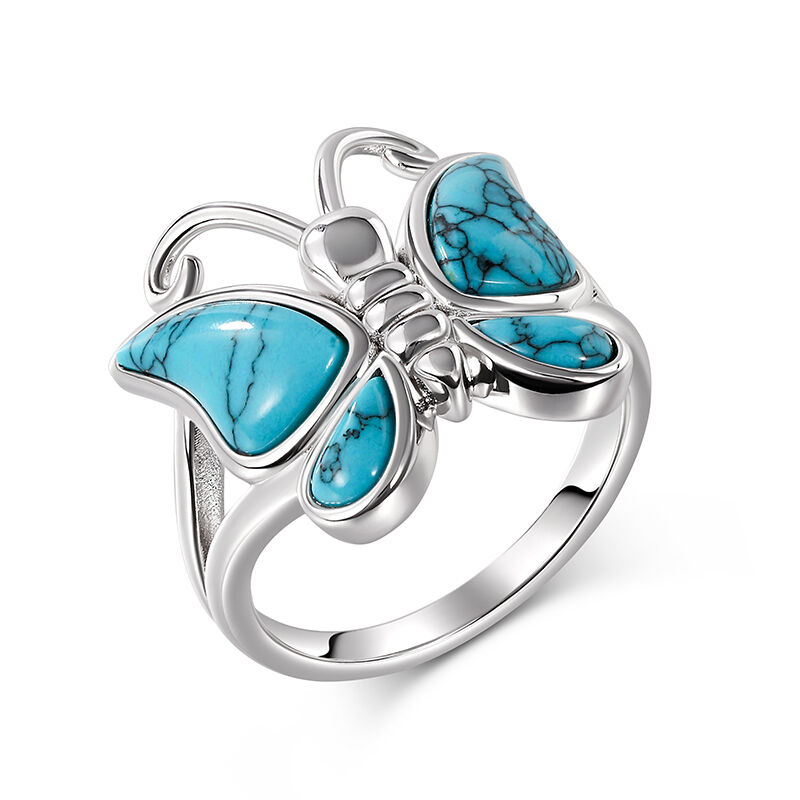
The allure of turquoise dates back to ancient civilizations. The stone has been mined for its beauty and believed protective properties for over 5,000 years. Ancient Egyptians crafted turquoise jewelry, using it in burial masks and ornaments due to its association with protection and healing. Native American tribes, particularly the Navajo and Zuni, have long considered turquoise to be a sacred stone, integral to their traditions and spirituality. For these cultures, turquoise signifies not just beauty but also a deep connection to the earth and the sky.
2. Symbolism Behind Turquoise
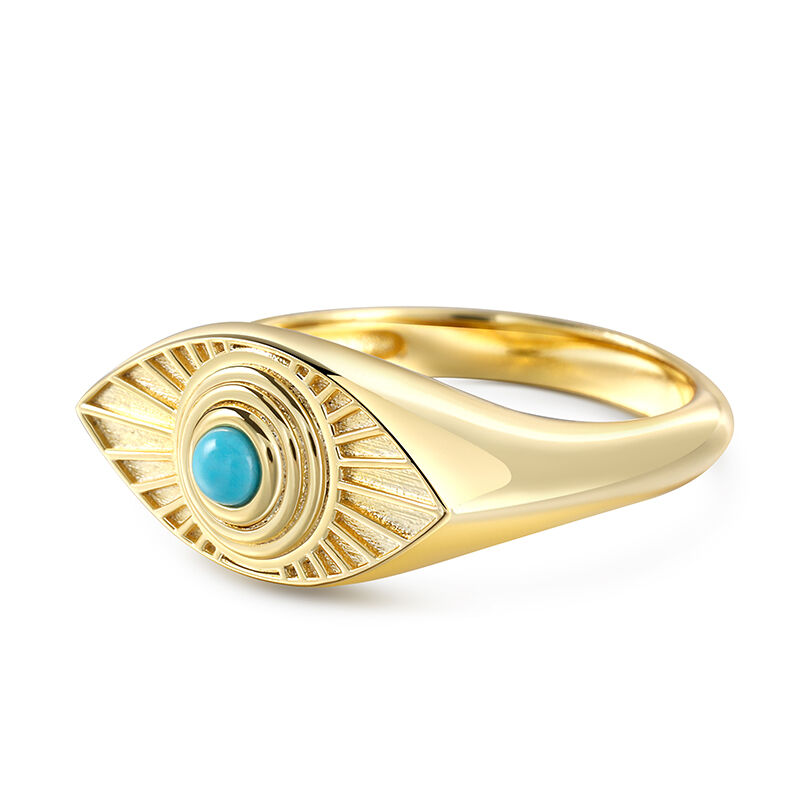
Protection and Healing
Turquoise is often associated with protective properties. Historically, it was believed to ward off negative energy and ensure safety during travels. Many cultures have used turquoise as a talisman, believing it brings its wearer strength, peace, and tranquility. The vibrant blue hue is thought to embody the sky, promoting feelings of relaxation and calmness.
Communication and Self-Expression
In the realm of emotional well-being, turquoise is linked to effective communication. It is said to encourage honest expressions of feelings and thoughts, making it an ideal stone for those seeking to improve their communication skills or overcome shyness. This symbolism explains why many artists and writers often gravitate toward turquoise jewelry as a source of inspiration.
Friendship and Loyalty
Turquoise has also been seen as a stone of friendship and loyalty. Gifting a turquoise ring to a loved one can symbolize trust, commitment, and the enduring bond between friends or partners. In some cultures, such as among Native Americans, it is customary to give turquoise as a gift to strengthen relationships and affirm loyalty.
3. Turquoise in Modern Jewelry
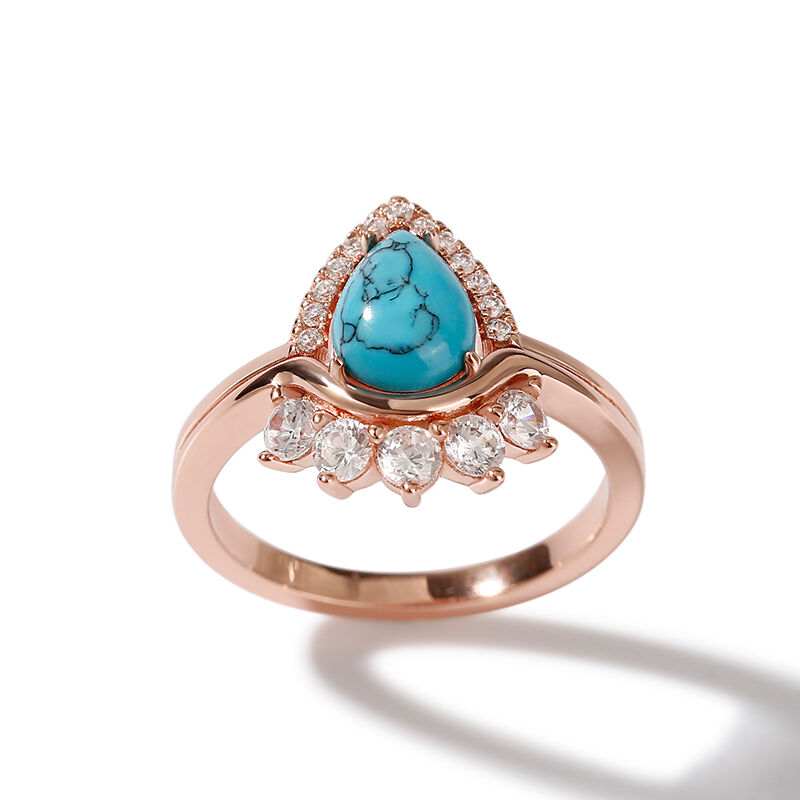
Today, turquoise rings come in various styles, from minimalistic bands with a single stone to elaborately designed pieces adorned with intricate silverwork. The stone is often set in materials like gold, silver, and copper, enhancing its aesthetic appeal while ensuring durability.
4. Caring for Your Turquoise Ring
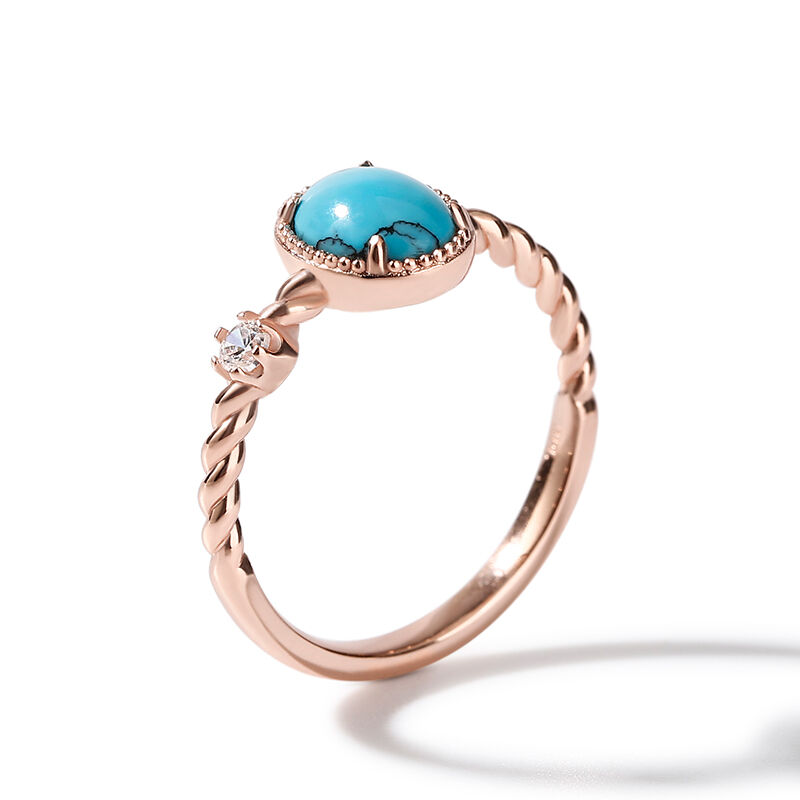
While turquoise is striking and vibrant, it is also relatively soft compared to other gemstones. When caring for turquoise jewelry, it’s essential to keep it away from harsh chemicals and extreme temperatures to preserve its color and integrity. Regular cleaning with a soft cloth can keep your ring looking its best, and storing it in a soft pouch can prevent scratches.
5. Choosing Your Turquoise Ring
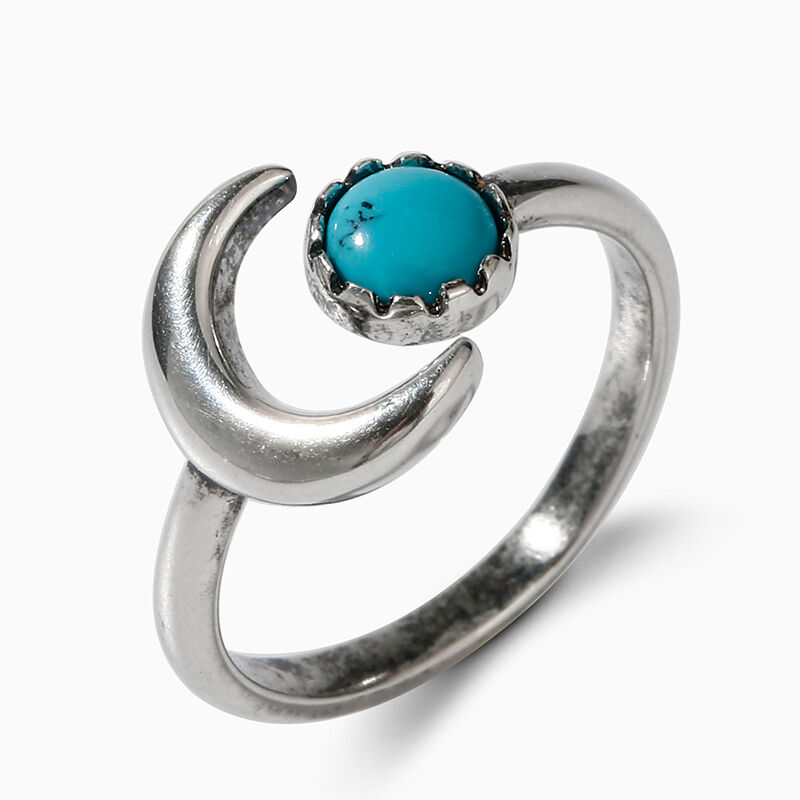
When selecting a turquoise ring, it is vital to consider your personal taste and the symbolism you wish to embody. Whether you opt for a traditional Native American design or a contemporary piece, the beauty of turquoise lies not only in its appearance but in the meaning it carries. Think about what resonates with you—protection, healing, creativity, or loyalty—and let that guide your choice.
Turquoise rings are more than just beautiful pieces of jewelry; they are rich in history and symbolism. From ancient civilizations to modern-day fashion, turquoise has captivated hearts with its enchanting color and meaningful properties. Whether you wear it for its beauty, its significance, or both, a turquoise ring can serve as a constant reminder of the connections we hold dear and the dreams we nurture. So, whether you’re looking for a meaningful gift or a piece to add to your collection, consider the magic of turquoise and the story it tells.
